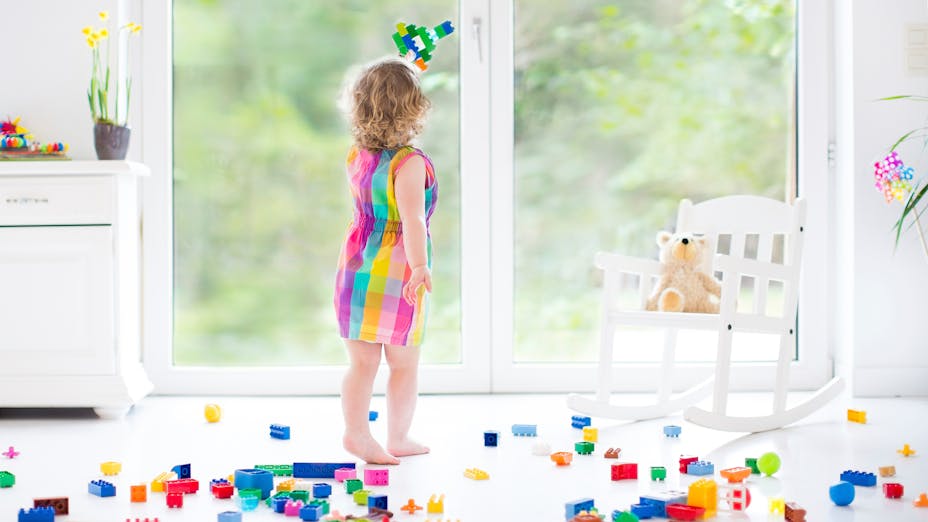High levels of chemicals, CO2 and poor light and acoustics are just some of the worrying findings in a new report about the indoor climate conditions in many Danish day-care centres.
The report (in Danish) “Indoor climate in day-care institutions” issued by Denmark’s Ecological Council is based on research done in 20 Danish day-care institutions from four different municipalities between December 2017 and March 2019.
The research was sponsored by Realdania and in collaboration with National Research Centre for Occupational Health, University of Copenhagen, ROCKWOOL, VELUX A/S and VELTEK.
The goal of the study was to investigate levels of CO2, temperature, humidity, ultra-fine particles, radon, chemical levels in the dust, as well as sound and light conditions in the day-care institutions.
Bad acoustics impact learning
The room-acoustic studies, conducted by ROCKWOOL, found that 30 percent of the evaluated rooms did not comply with acoustic requirements set by Danish building code.
“Preschool children are the most vulnerable group in terms of language learning. They are only learning the language and therefore cannot yet understand speech in noisy environments to the same extent as adults can”, says Mads Bolberg, senior acoustical specialist, ROCKWOOL Group.
“The acoustic conditions of a room must be analysed in relation to the size of the room and the number of children in it. To support the children's linguistic development, it is my recommendation that building regulations be changed to reflect these factors”, he says.



